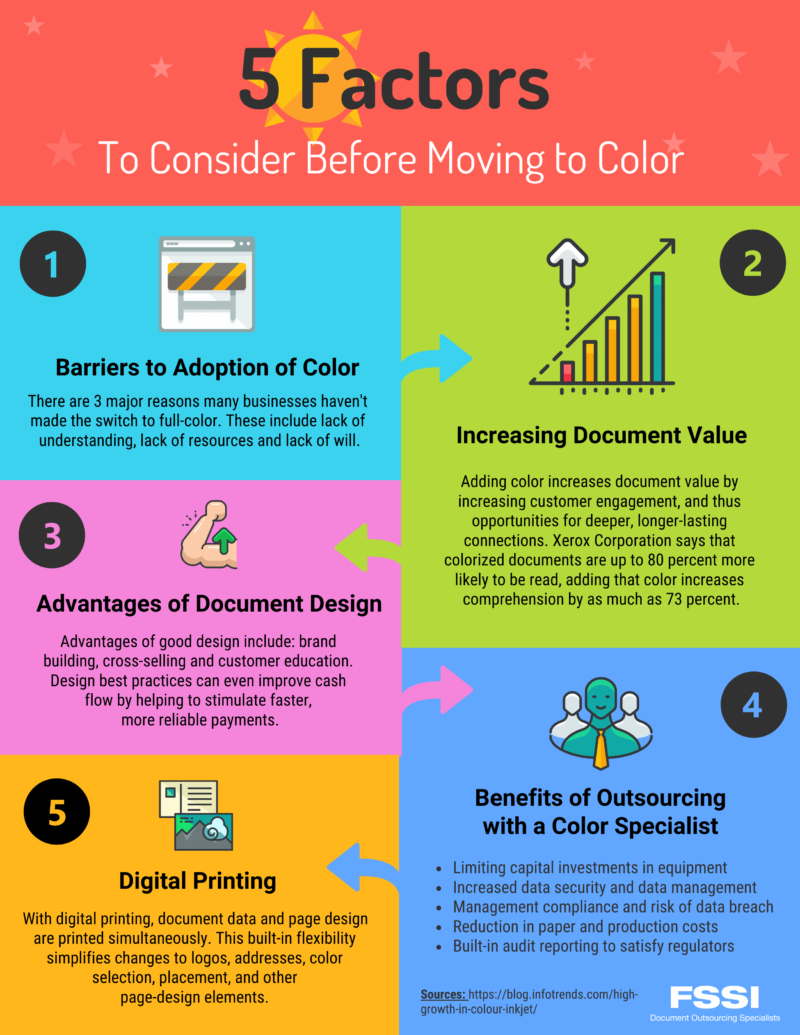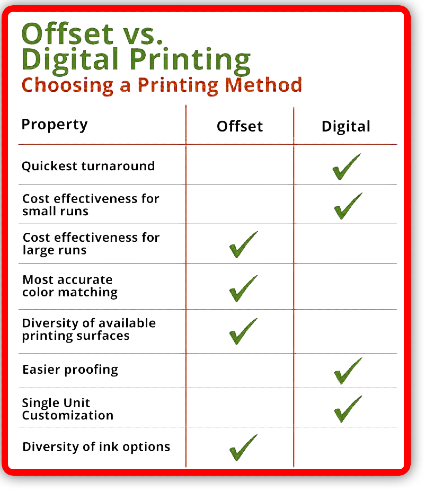The Definitive Guide to Digital Printing
The Definitive Guide to Digital Printing
Blog Article
The 8-Minute Rule for Digital Printing
Table of ContentsDigital Printing Can Be Fun For AnyoneThe Best Strategy To Use For Digital PrintingLittle Known Questions About Digital Printing.9 Simple Techniques For Digital PrintingThe Main Principles Of Digital Printing 5 Easy Facts About Digital Printing Shown
Variable information printing, such as straight mail with personalized codes and addresses, is preferably fit for digital printing. Digital quick printing just requires four actions of layout, testimonial, printing and binding to get whatever done. Digital quick printing has an exceptional advantage: print on demand.According to PMMI, digital printing permits brands and manufacturers to react quickly to consumer demands while boosting the supply chain, minimizing warehousing cost and waste, and enjoying faster time to market. That all audios fantastic, but just how does this modern technology do all that? The major differentiator of these innovations is that there are no set-up costs and no plates with digital printing.
The 7-Minute Rule for Digital Printing
According to Wikipedia, the best distinction between digital printing and standard techniques such as lithography, flexography, gravure, or letterpress - Digital Printing is that there is no demand to replace printing plates in digital printing, whereas in these analog printing methods the plates are repetitively replaced. This results in quicker turn-around time and reduces price when utilizing digital printing.
Digital printing is very flexible, so it's simple to make adjustments to the plan layout quickly. It all goes back to the plates.
With traditional printing techniques, short-run printing is just not possible. Due to the fact that a great design can make or break your product, digital printing regularly creates high-grade, clear and vivid graphics each time.
Digital printing is the process of printing digital-based images straight onto a range of media substrates. There is no demand for a printing plate, unlike with balanced out printing. Digital documents such as PDFs or desktop publishing data can be sent out directly to the electronic printing press to print theoretically, image paper, canvas, textile, synthetics, cardstock and other substratums.
Unknown Facts About Digital Printing
According to PMMI, digital printing permits brands and suppliers to react rapidly to consumer needs while enhancing the supply chain, reducing warehousing expense and waste, and enjoying faster time to market. That all noises fantastic, however how does this innovation do all that? The significant differentiator of these technologies is that there are no set-up charges and no plates with digital printing.
This results in quicker turnaround time and lowers expense when utilizing digital printing.

The 8-Second Trick For Digital Printing
With standard printing techniques, short-run printing is just not possible. Because a fantastic design can make or damage your item, electronic printing continually produces premium, clear and colorful graphics each time.

According to PMMI, electronic printing enables brands and manufacturers to react promptly to client More Bonuses demands while enhancing the supply chain, decreasing warehousing cost and waste, and delighting in faster time to market. That all sounds fantastic, but just how does this technology do all that? The major differentiator of these modern technologies is that there are no set-up costs and no plates Go Here with electronic printing.
Not known Details About Digital Printing
According to Wikipedia, the best difference in between digital printing and typical approaches such as lithography, flexography, gravure, or letterpress is that there is no demand to change printing plates in electronic printing, whereas in these analog printing methods the plates are continuously replaced. This causes quicker turnaround time and lowers expense when utilizing digital printing.
Fast manufacturing means obtaining your product to market much faster. It likewise means it's much easier and faster to make modifications in the future, when you transform a dish, add a SKU, or create seasonal product packaging. Digital printing is highly versatile, so it's easy to make adjustments to the bundle style promptly. It all goes back to home plates.

The smart Trick of Digital Printing That Nobody is Discussing
Digital printing is the process of printing digital-based pictures directly onto a variety of media web link substrates. There is no requirement for a printing plate, unlike with balanced out printing. Digital data such as PDFs or desktop publishing data can be sent directly to the electronic printing machine to publish on paper, image paper, canvas, material, synthetics, cardstock and other substrates.
Report this page